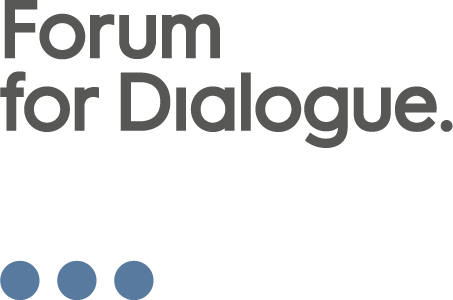I do not recall any particular impulse that sparked my activism. My interest in the history and culture of Polish Jews is a process set off when I realized that even though a few decades earlier half of the population of my hometown “disappeared”, it was business as usual for the half that remained. This “disappearance” happened in dramatic circumstances; the Jewish residents of my town were murdered. And even though victims are always commemorated, these particular victims have been “forgotten”. Second of all, I live in Zamość which from the moment of its establishment had been a multinational and multicultural town for almost four hundred years. All town citizens contributed to its strength, culture and economy: they were Polish, Jewish, Armenian, Ruthenian, Greek, Scottish and Italian. The history of Zamość without introducing the history of the minorities that inhabited the town for centuries is only a fragmented one. And finally, even though Jews of Zamość had “disappeared”, they left behind traces of their presence that we encounter everywhere in the city: streets, synagogues, prayer halls, and residential homes. All of this inspires me to learn about the history of Zamość Jews.
Marek Kołcon
Zamość









